Lake Erie Algae Blooms Prompt New International Targets for Phosphorus
Current targets not enough to stop algal toxins.
By Codi Kozacek
Circle of Blue
Governments in the United States and Canada are working to create new targets for phosphorus loading in Lake Erie to better address the changing drivers of toxic algal blooms in the lake. Draft numbers for the new targets could be released as early as this fall.
The Great Lakes Water Quality Agreement, a binational pact to protect the Great Lakes first signed in 1972, limits the amount of phosphorus that can be discharged into the lake to 11,000 metric tons per year. Despite meeting this target for all but five years since 1984, harmful algal blooms have reemerged in Lake Erie, prompting a call for new targets in 2012 when the GLWQA was last renewed.
The development of the new targets—and measures to implement them—gained more urgency last week after a harmful algal bloom contaminated the water supply for more than 400,000 people in Toledo, Ohio.
“When they set the 11,000 metric tons [target], it was about total phosphorus,” Raj Bejankiwar, a physical scientist for the International Joint Commission—the governing body of the GLWQA—told Circle of Blue. “In the 1970s and 80s, of the entire phosphorus loads coming into Lake Erie, 70 percent of that total phosphorus was not available to the algae. Only about 30 percent was bioavailable. In recent years, about the last 14 to 15 years of data, most of the phosphorus getting into the lake has been dissolved phosphorus, which is very bioavailable.”
“We are asking the governments to look into the timing of the loadings as well as the nature of the phosphorus.”
–Raj Bejankiwar
International Joint Commission
In addition, that phosphorus has been coming into the lake in big pulses, with much of it being released between March and June, Bejankiwar said.
“The [phosphorus] targets are typically for one year, but we can’t look at it in terms of annual loads—we have to look at spring loading,” he said. “The big issue is, under climate change, we are seeing more severe rainfall and more frequent rainfall in the springtime. That’s why we think the current 11,000 metric tons [target] is not working. We are asking the governments to look into the timing of the loadings as well as the nature of the phosphorus.”
Voluntary Measures Not Enough
Once the new targets are approved, the respective state and provincial governments will be assigned to find ways to meet them by reducing phosphorus output. Under the original GLWQA, this took the form of banning phosphorus from detergents and regulating phosphorus discharge from municipal wastewater treatment plants and factories, as well as working with farmers to reduce erosion. Before the GLWQA, the total amount of phosphorus entering Lake Erie each year was upwards of 20,000 metric tons, meaning the countries cut their discharges approximately by half to meet the targets.
Recommendations in the most recent IJC report on Lake Erie, released in February, and in studies released by researchers at the University of Michigan, found that similar cuts will be needed to clean up the lake this time. As Circle of Blue reported in February, the studies suggest that total phosphorus coming into Lake Erie’s western and central basins will need to be reduced by 46 percent, and phosphorus coming from the Maumee River should be reduced by 39 percent.
The IJC is limited to a research and advisory role, and its recommendations do not have the force of law. Toledo’s drinking water scare, however, has the IJC and many other groups calling for meaningful action.
“We believe that this incident is saying we need to have stronger actions in terms of regulations,” Bejankiwar said. “It is always good to have voluntary actions, but in these days it is highly likely we should also take strong regulatory actions.”
“[The problem] is not going to go away. It needs focused attention and a lot of important conversations need to happen.”
–Jennifer Caddick
Alliance for the Great Lakes
Ideas for regulations—such as banning fertilizer application on frozen ground—have been introduced by a coalition of conservation organizations and Lake Erie business associations. Regulatory bills have not yet been introduced by state or federal legislators.
“Our recommendations are specifically talking about calling on the governors and the premier of Ontario to implement measurable [phosphorus] reductions on a specific timetable,” Jennifer Caddick, engagement director for Alliance for the Great Lakes, told Circle of Blue. “We haven’t seen any movement on that, but it has not even been a week. I’m sure there are lots of conversations happening on that.”
Caddick added that the IJC’s report was an important starting point for these discussions, providing solid numbers about needed reductions.
“We really hope in the next couple weeks people will continue to focus on this,” she said. “It is not going to go away. It needs focused attention and a lot of important conversations need to happen. We and our partners are continuing those conversations, and we urge the governors and senators to engage in those conversations quickly as well.”
A news correspondent for Circle of Blue based out of Hawaii. She writes The Stream, Circle of Blue’s daily digest of international water news trends. Her interests include food security, ecology and the Great Lakes.
Contact Codi Kozacek


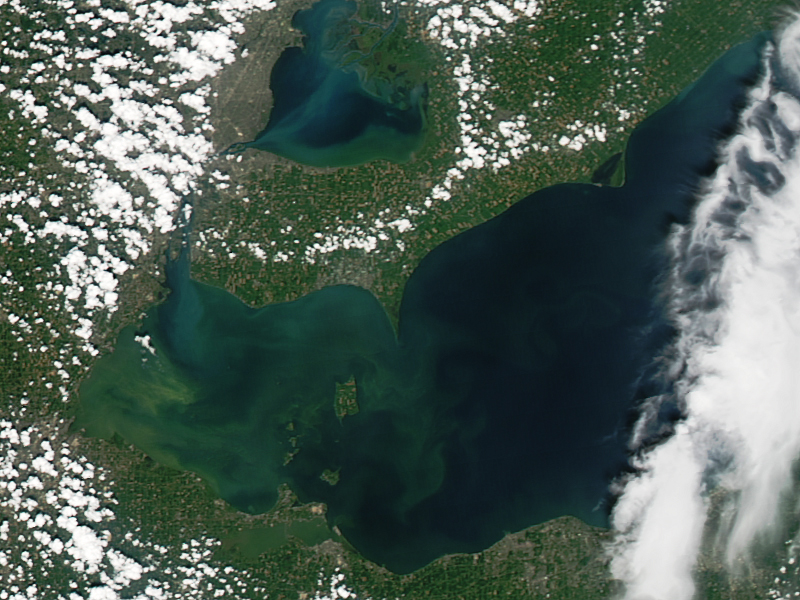
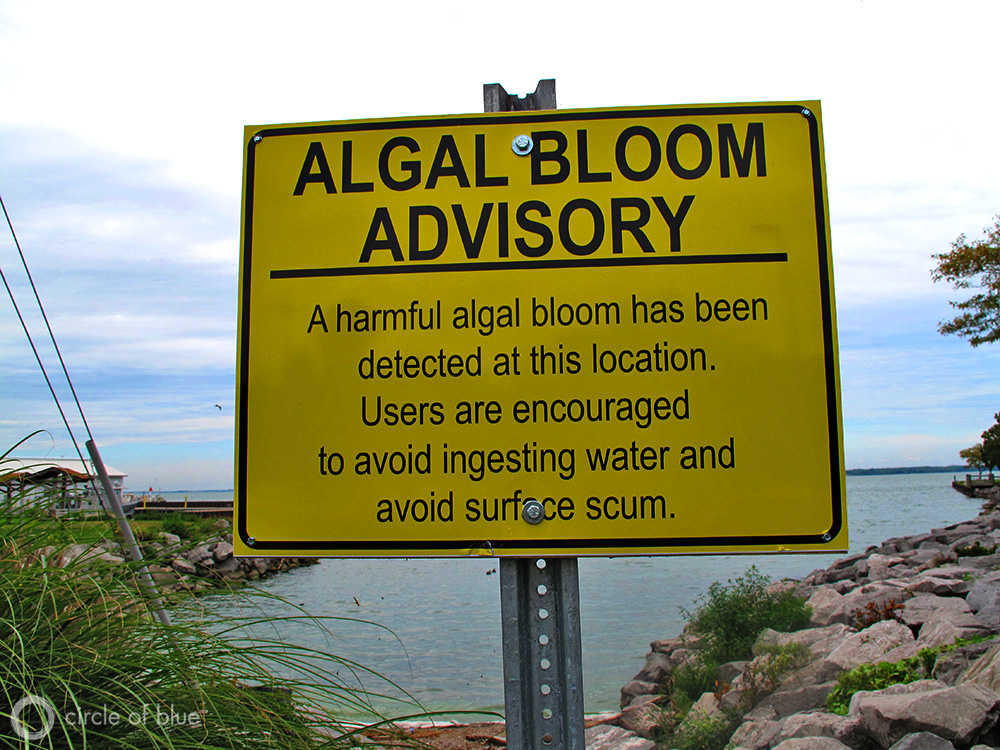
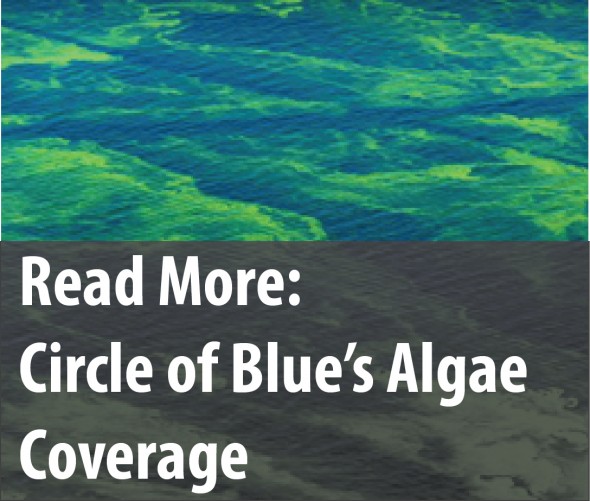




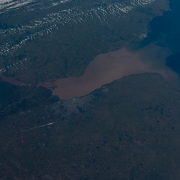


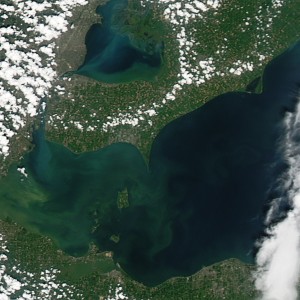
Leave a Reply
Want to join the discussion?Feel free to contribute!